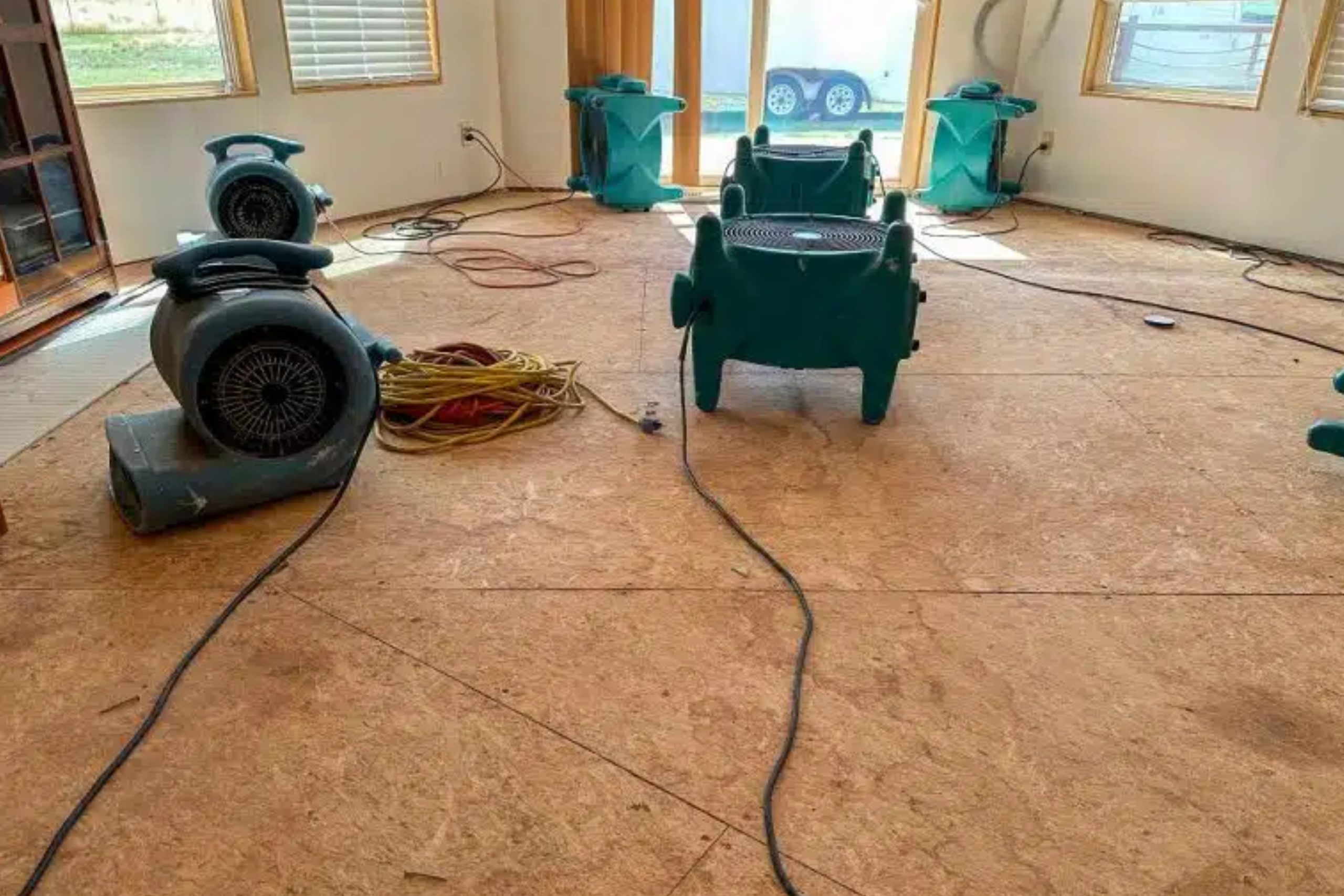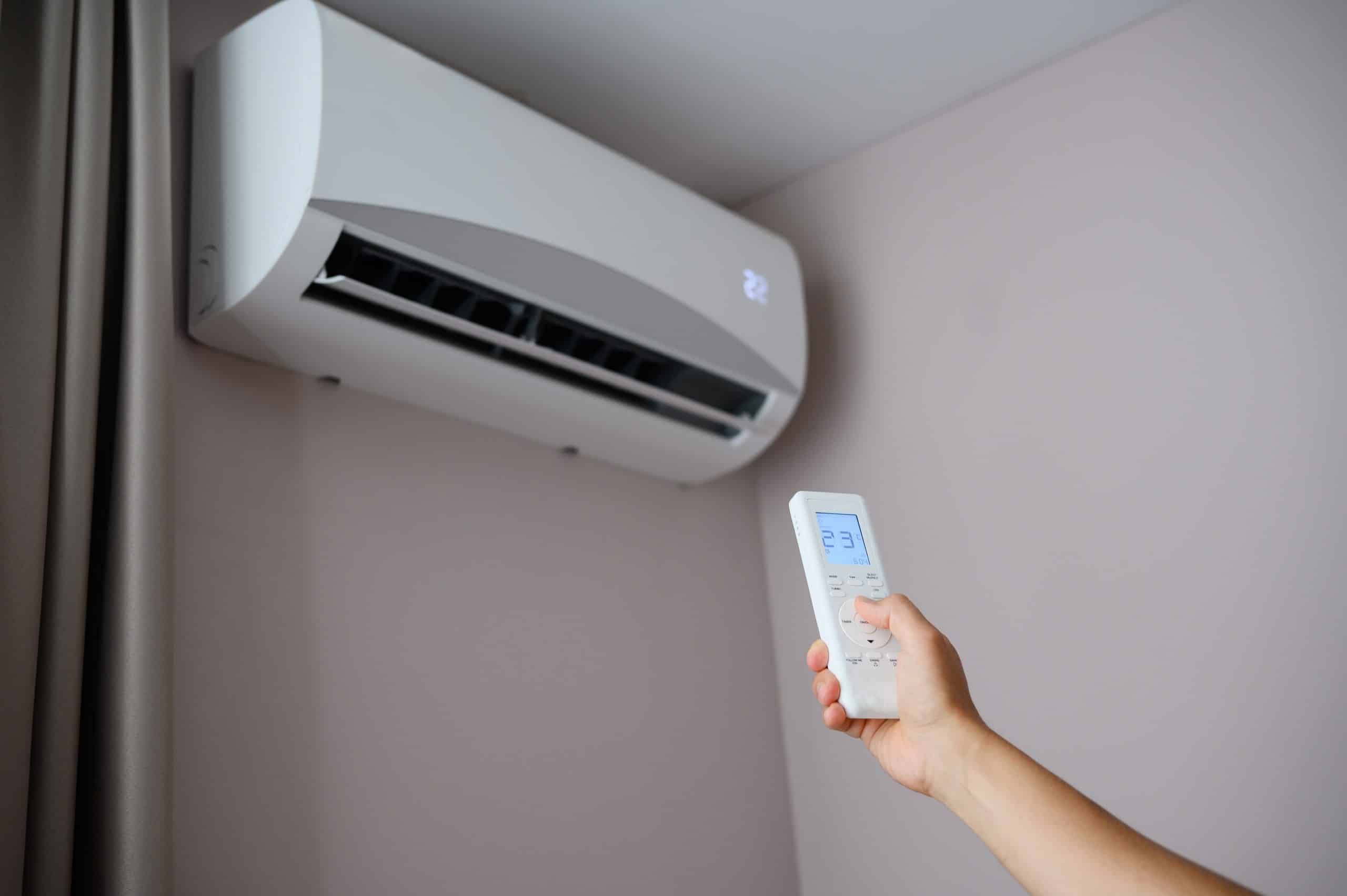Fact: Properly restored floors and furniture recover up to 90% of their original beauty and…

Smart Water Removal Techniques for Every Corner
Fact: Standing water can double repair costs every hour it’s left untreated.
When floodwater sneaks into your home, puddles in hallways or soggy spots under furniture threaten floors, walls, and your family’s comfort. Using smart water removal techniques ensures you clear every drop fast and avoid costly future repairs. Here’s how to tackle water removal like a pro—no jargon, just clear steps.
Act Fast and Shut Off the Source
Before starting cleanup, stop the water. If a broken water pipe repair issue flood your rooms, find and close your main water line break valve. For a burst hose or appliance drip, turn off that appliance’s supply. Early isolation stops fresh water from fueling new puddles and reduces the need for full emergency water damage restoration.
Gather Your Tools
You don’t need fancy gear to start. Have these on hand:
- A wet/dry vacuum or shop vac for initial water extraction & removal
- Sturdy towels or absorbent mats
- A mop and bucket
- Heavy-duty fans or blowers
- A dehumidifier
With tools ready, you’ll move quickly, catching water before it soaks deeper into your floor water damage or under baseboards.
Extract Standing Water First
Begin in the lowest spots—bathrooms, basements, or under cabinets. Use your wet/dry vac to suck up surface water. For tight corners behind toilets or under sinks, a narrow crevice tool helps you reach every inch. Removing the bulk water first cuts drying time and prevents mold or the need for future flood damage cleanup.
Mop and Blot Remaining Moisture
Once most water is gone, switch to towels and a mop. Blot up water from wood floors to avoid warping. Change towels frequently so you’re always absorbing, not spreading. For tile or vinyl floors, use a flat mop head to push water toward your extraction machine’s hose or the nearest drain.
Use Fans Strategically
Position fans at doorways or on windowsills to pull fresh air through. Angle them so airflow moves along the floor, toward open doors. This pushes moisture out of carpets, tile grout, and the tiniest gaps. For rooms without windows, place fans in corners pointed at walls to keep air moving and prevent stale, damp pockets that lead to removal & cleanup calls.
Run Your Dehumidifier
After fans reduce surface dampness, a dehumidifier pulls moisture from the air. Place it in the most affected room and keep doors closed. A full bucket means you’re drawing water out of the air, helping avoid hidden damp spots behind drywall or under laminate. This step is key to avoiding structural restoration later when hidden moisture weakens supports.
Check Hidden Spaces
Floodwater hides in baseboards, closets, and under appliances. Pull furniture and lift rugs to inspect under them. Shine a flashlight at a shallow angle to reveal wet areas on walls or floors. If you find spots you missed, repeat extraction and airflow there. Thorough checks keep you from second-round plumbing overflow cleanup or burst pipe damage cleanup projects.
Sanitize and Prevent Odors
Water from outdoors or sewage removal & cleanup jobs brings bacteria. Mix a mild bleach solution (1 cup bleach per gallon of water) or use an EPA-approved disinfectant. Wipe down floors and walls where water reached. After rinsing, run fans and dehumidifiers again. This stops musty smells and avoids a later fire damage cleanup if mold spores find fuel in wall cavities.
Inspect for Damage
Once dry, look for warped floorboards, bubbling paint, or soft spots in drywall. Minor fixes—tightening loose boards or patching small drywall sections—avoid major water damage restoration trips. If you spot serious warping, call pros for a full evaluation before the problem spreads.
Prevent Future Floods
Smart water removal starts with prevention. Seal cracks in basements, keep gutters clear to stop storm and wind damage cleanup, and maintain your hvac discharge line repair area to prevent roof drip. A small investment today means fewer headaches and no need to repeat these steps.
By acting fast, using the right tools, and following these smart techniques, you remove water from every corner—saving your home from mold, rot, and expensive restorations. Keep this guide handy so you’re ready for any spill, leak, or flood event, confident you can protect your family and your investment.



